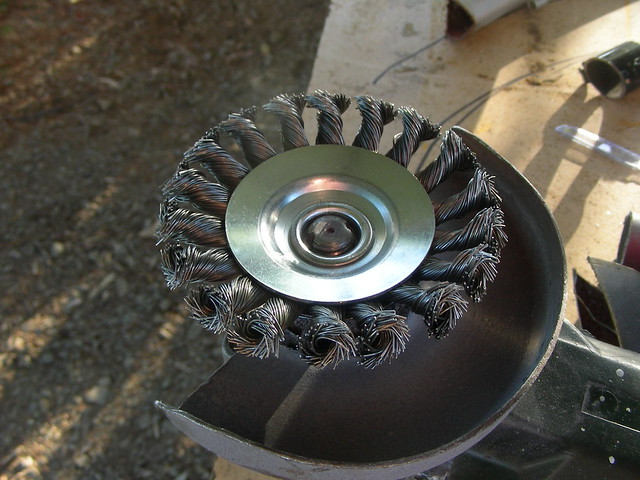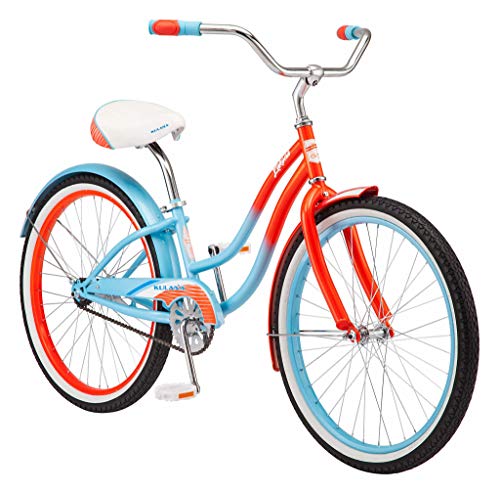Looking for experience in what is the best way to remove the original paint from my '54 Hawthorne. I've tried lots of things and I'm currently using 3 different methods and I've only been mildly successful. So far I've been spraying a paint remover on it, using a portable abrasive blaster kit from Harbor Freight (120ish PSI) then hitting the trouble spots with a electric hand sander.
I'll admit that I'm in NorCal and the temps during the day are low 50's and the paint remover can says 65-90 degrees is best. Also, I had way better expectations for the sand blaster. I'm thinking I need to go only in short spurts since my little 1.5hp air compressor is probably struggling to keep up with some of my long sprays.
Anything that I'm missing? Maybe removing paint is just a huge pain in the rear and these are the love pains of re-energizing an old cruiser? Either way, I'm open to ideas since I've got the forks, tanks, rims and lots of bolts and parts to go still. Thanks in advance for any advice.
Caleb
I'll admit that I'm in NorCal and the temps during the day are low 50's and the paint remover can says 65-90 degrees is best. Also, I had way better expectations for the sand blaster. I'm thinking I need to go only in short spurts since my little 1.5hp air compressor is probably struggling to keep up with some of my long sprays.
Anything that I'm missing? Maybe removing paint is just a huge pain in the rear and these are the love pains of re-energizing an old cruiser? Either way, I'm open to ideas since I've got the forks, tanks, rims and lots of bolts and parts to go still. Thanks in advance for any advice.
Caleb




















































